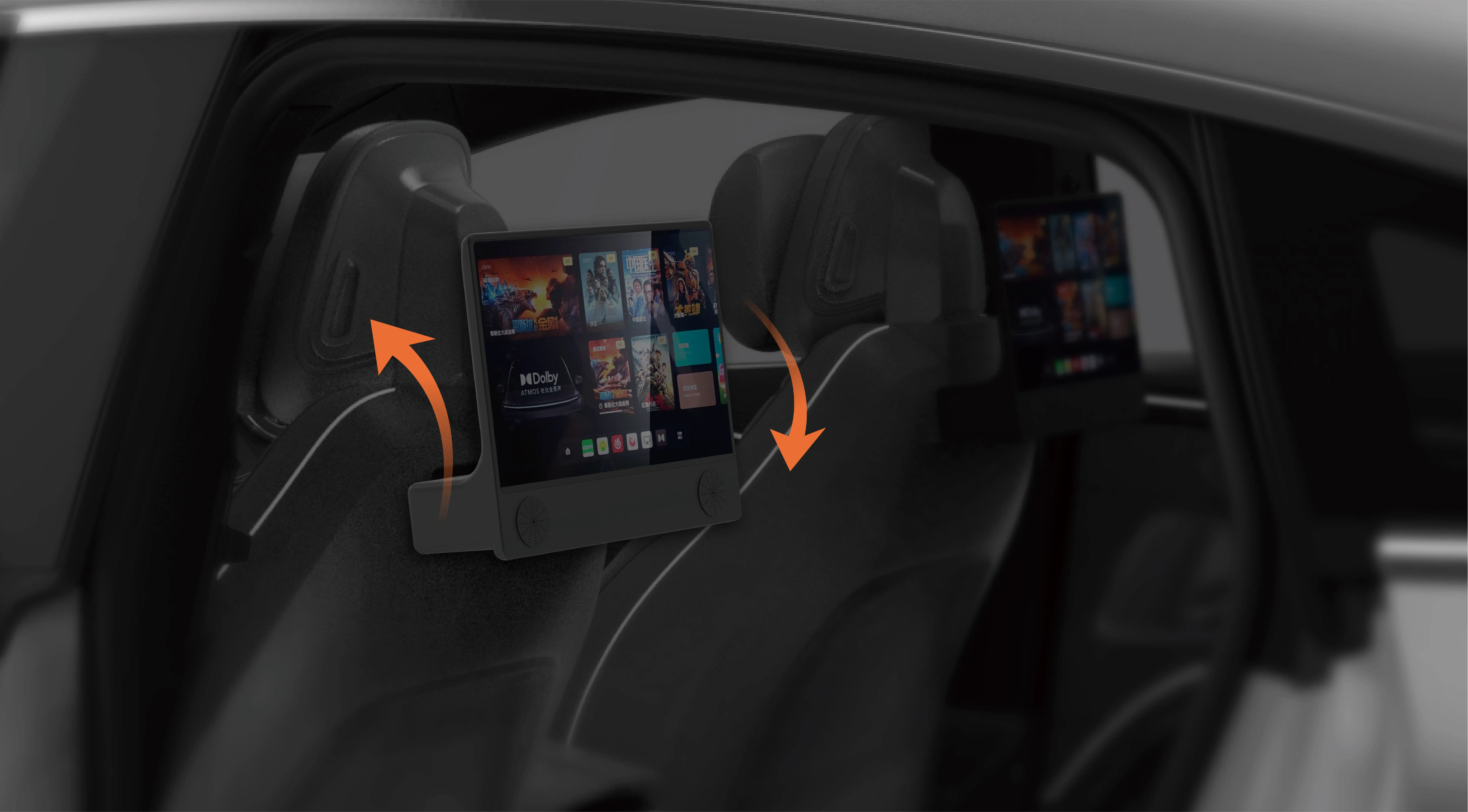part 1:
Imagine settling into your favorite chair after a long day, only to be greeted by a jumble of remote controls cluttering your coffee table. Each button for a different device—TV, sound system, streaming box—leaves you fumbling in frustration. It’s a routine many of us know all too well, but what if there was a simpler way? Enter the universal TV remote—an elegant solution designed to unify your remote collection into one sleek, streamlined device.

The idea of a universal remote is simple: one remote to control multiple devices. Yet, the execution can seem intimidating at first glance. Programming a universal remote might appear complicated, but with a little guidance, it becomes an empowering skill that transforms your home entertainment experience. Whether you're replacing an old, worn-out remote or upgrading to a smarter, more integrated setup, mastering the art of programming this device can feel incredibly satisfying.
One of the most appealing aspects of a universal remote is convenience. Instead of hunting for the correct remote in a pile or remembering countless device-specific buttons, your universal remote becomes the master control, simplifying your entertainment center. Plus, many models come with sleek designs and customizable features that add a touch of modernity and sophistication to your living room.
Before diving into the technical details, it’s helpful to consider what you need from your universal remote. Are you aiming for basic control—power, volume, channel change? Or do you want to access advanced features like streaming apps or smart device integration? Your answer influences the type of remote you should choose and the programming process you’ll undertake.
Great universal remotes come with a built-in database of device codes. These codes are standardized sequences that tell the remote how to communicate with specific brands and models. Typically, you’ll need to find the correct code for your device, input it into the remote, and test whether control is achieved. Luckily, most modern remotes have streamlined procedures, making them accessible even for those unfamiliar with technical jargon.
The process usually starts with turning on the device you want to control manually. For example, if you’re pairing the remote with your TV, power it on directly. Then, you’ll put the remote into programming mode—often by pressing and holding certain buttons until an indicator light flashes. The remote then prompts you to enter the device code, which can be input via a numeric keypad. This is where a little patience might come into play, especially if you’re trying codes from a long list.
Some universal remotes are equipped with auto-search functions. Instead of manual code entry, you can initiate a search mode that cycles through all available codes until the remote successfully controls the device. This method is especially convenient, minimizing guesswork, and is often faster once you learn the steps.
However, not all devices respond equally well to pre-programmed codes. Sometimes, the code might be outdated or incompatible with newer models. In such cases, manual testing of different codes or using an auto-search feature becomes invaluable. Additionally, some high-end remotes even connect via Wi-Fi to online databases or apps, allowing automatic recognition and setup with minimal effort.
As you begin the process, it’s wise to keep your device manuals nearby. Manufacturers often list specific codes or instructions tailored for their products. If you’ve misplaced the manual, manufacturers usually provide downloadable PDFs on their websites. Another tip is to record the codes that work for your devices—that way, you won’t have to repeat the search process each time you set up a new remote.
In recent years, many universal remotes have moved toward app-based control, integrating with your smartphone or tablet. These smart remotes use Wi-Fi or Bluetooth technology, making setup even more straightforward. Instead of entering cumbersome codes, you download an app, select your device model, and follow the guided setup process. This modern approach not only simplifies programming but also opens up a realm of smart features—like voice control or integration with home automation systems.
At its core, the success of programming your universal remote hinges on patience, a bit of trial and error, and understanding your device's specific requirements. It’s a small investment of time that yields big rewards—creating a clutter-free, intuitive, and seamless control system that elevates your entertainment environment.
Now that we've explored the benefits and preliminary steps, let's look more closely at specific programming techniques, troubleshooting common issues, and some handy tips for making your universal remote work perfectly with all your devices. Stay tuned for the second part, where we’ll dive deeper into advanced features, troubleshooting, and how to optimize your setup for the ultimate entertainment experience.
Established in 2005, Kpower has been dedicated to a professional compact motion unit manufacturer, headquartered in Dongguan, Guangdong Province, China.




































